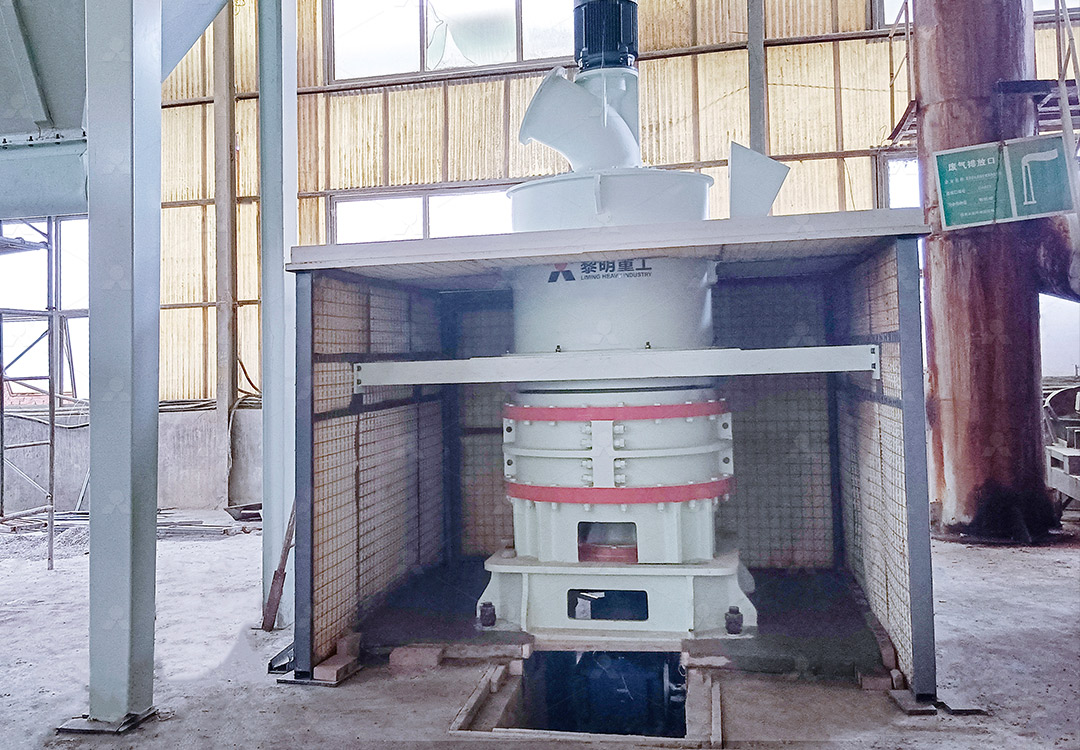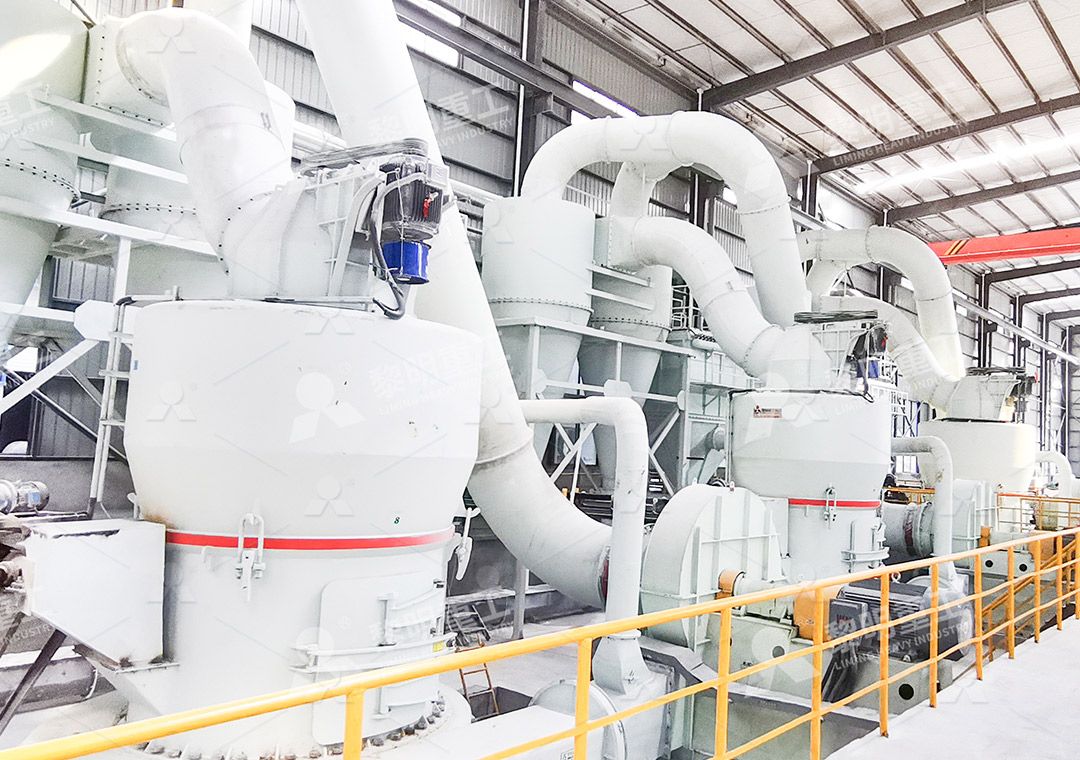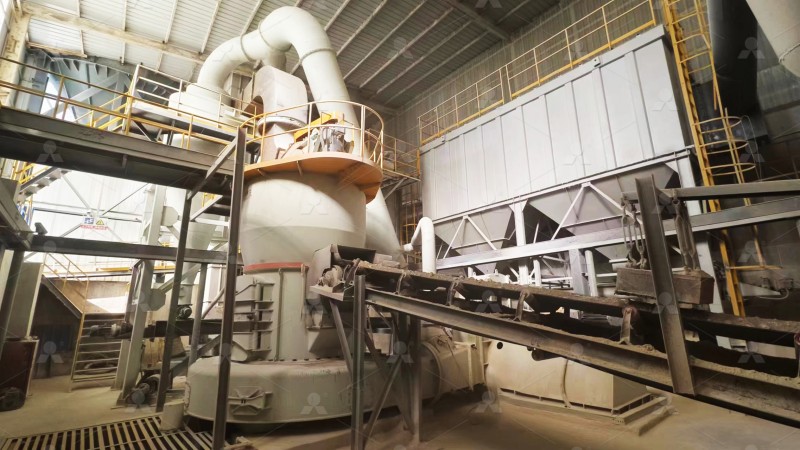Optimizing Feldspar Powder Production: Key Process Improvement Measures
We provide a wide range of mills — including Raymond mill, trapezoidal mill, vertical mill, ultrafine mill, and ball mill, obtained ISO9001 international quality certification, EU CE certification, and Customs Union CU-TR certification. Suitable for processing minerals such as limestone, phosphate, quicklime, kaolin, talc, barite, bentonite, calcium carbonate, dolomite, coal, gypsum, clay, carbon black, slag, cement raw materials, cement clinker, and more.
The discharge range of these mills can be adjusted to meet specific processing needs, typically from 80-400 mesh, 600-3250 mesh, and can achieve the finest particle size of up to 6000 mesh(D50).
If you are looking for a reliable grinding solution to turn stone or minerals into fine powder, please feel free to contact our online customer service.
Optimizing Feldspar Powder Production: Key Process Improvement Measures
In the competitive world of industrial minerals, feldspar powder production demands not only high volume but also exceptional quality and consistency. Achieving optimal efficiency in grinding, classifying, and overall system operation is paramount for profitability and market leadership. Many operations still rely on outdated equipment, leading to excessive energy consumption, inconsistent product fineness, and high maintenance downtimes. This article outlines key process improvement measures to revolutionize your feldspar powder production line.
1. Embracing Advanced Grinding Technology
The heart of any feldspar processing plant is its grinding mill. Traditional ball mills and Raymond mills, while functional, often lack the efficiency and precision required for high-value ultra-fine powders. The key is to move towards mills designed for higher yield and lower energy consumption.

For operations targeting the ultra-fine powder market (325-2500 meshes), the MW Ultrafine Grinding Mill presents a significant leap forward. We’ve seen its capabilities firsthand. With an input size of 0-20 mm and a capacity range of 0.5-25 tph, it’s remarkably versatile. Its design eliminates rolling bearings and screws inside the grinding chamber, a common failure point in other mills, virtually eradicating machine damage from loose screws or seized bearings. The real game-changer is its German-designed cage-type powder selector, which allows for precise fineness adjustment and a superb screening rate of d97≤5μm in a single pass. Compared to jet mills or ball mills, users report a 40% higher capacity with a system energy consumption that is just 30% of a comparable jet mill. For any producer looking to make ultra-fine feldspar powder for ceramics or cosmetics, this machine is a cornerstone technology.
2. Integrated System Design for Dust and Noise Control
Modern production isn’t just about output; it’s about environmental responsibility and operator safety. A common pain point is dust pollution and high noise levels, which can lead to workplace hazards and non-compliance with stringent environmental regulations.
The solution lies in choosing equipment with integrated, efficient pulse dust collectors and mufflers. Modern mills are designed as closed systems that operate under negative pressure, ensuring no dust escapes during the entire milling process. This isn’t an add-on; it’s built into the system’s DNA. Furthermore, the strategic use of silencers and noise elimination rooms can reduce operational noise to well within acceptable limits, creating a safer and more pleasant working environment while fully adhering to national环保 (environmental protection) standards.

3. Leveraging Digitalization for Precision and Stability
Consistency is king in powder production. Digitalized processing and automated control systems are no longer luxuries but necessities for maintaining precise fineness and chemical composition.
Look for mills manufactured using tens of lines of numerical control (NC) machine tools. This ensures high machining precision, especially for core components like grinding rollers and rings, leading to more stable operation and a longer service life. Beyond construction, operational control is critical. Implementing PLC control systems allows operators to accurately control grinding pressure, rotational speed, and other vital parameters. Features like double position-limiting technology prevent destructive impacts between grinding rollers and millstones, guaranteeing stability even during unexpected feed fluctuations or minor vibrations.
4. Strategic Maintenance and Spare Parts Management
Unplanned downtime is the enemy of productivity. A proactive maintenance strategy, supported by easy access to original spare parts, is crucial.
Opt for equipment designs that facilitate maintenance. For instance, some vertical mills feature a reversible structure and hydraulic adjustment system, allowing operators to easily move the grinding roller out of the body for inspection or part replacement, drastically reducing shutdown time. Furthermore, partnering with a manufacturer whose business covers both production and sales ensures responsibility for every machine and provides access to genuine technical services and original spare parts. This support is invaluable for ensuring long-term, worry-free operation and protecting your investment.

Another excellent option for feldspar producers seeking high efficiency and stability is the MTW-Z European Trapezium Mill. Its innovative features directly address common production challenges. The adoption of diluted oil lubrication for the grinding rollers is a maintenance-free technology that simplifies operation and lowers long-term costs. Furthermore, the absence of a shovel blade cylinder in the grinding chamber increases ventilation area and reduces air-conveying resistance. Its elastic volute damping structure is a brilliant engineering solution that effectively minimizes vibrational damage, ensuring smoother, more stable operation and protecting the equipment’s integrity over the long haul.
Conclusion
Optimizing feldspar powder production is a multifaceted endeavor. It requires a shift from traditional machinery to intelligent, integrated systems that prioritize energy efficiency, product quality, environmental compliance, and operational stability. By investing in advanced grinding technology like the MW Ultrafine Grinding Mill or the MTW-Z European Trapezium Mill, implementing robust dust control, leveraging digital precision, and adopting a proactive maintenance culture, producers can significantly enhance their competitiveness and secure a leading position in the market. The path to optimized production is clear; it’s time to grind smarter, not just harder.
